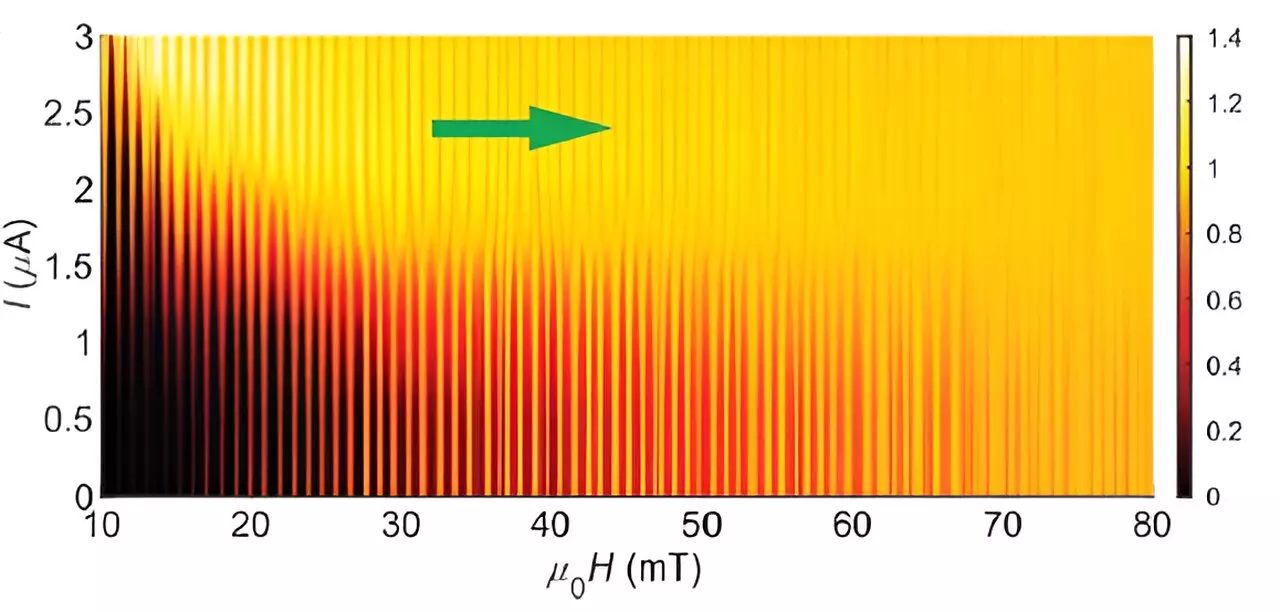Topological materials have been a topic of interest in the scientific community due to their unique properties that arise from the knotted or twisted nature of their wavefunctions. These materials exhibit edge states at the boundaries, where the wavefunction must unwind, resulting in different behavior of electrons at the edge compared to the bulk. When a topological material is also a superconductor, the edge and bulk superconducting properties behave differently, similar to two separate pools of water that do not merge.
A recent study in Nature Physics focused on the superconducting edge currents in molybdenum telluride (MoTe2) and their ability to sustain changes in the “glue” that keeps superconducting electrons paired. The pairing of electrons is essential for the free flow of electricity in superconductors. Topological superconductors, if confirmed, could pave the way for the next generation of quantum technologies, as they contain unique particles known as anyons that retain their position, enabling error-resistant quantum computing operations.
Impact of Niobium on Pair Potential
To enhance the pair potential in MoTe2, researchers deposited niobium (Nb) on top of the material, as Nb has a stronger pair potential. The spillage of Nb pair potential into MoTe2 results in the electrons experiencing a stronger glue for a temporary period. This enhancement leads to stronger supercurrent oscillations. However, the study reveals a challenge with the incompatibility between the Nb and MoTe2 pair potentials, causing the wavefunction guiding the edge electrons to switch between the two potentials based on what prevails.
The study not only confirms the existence of edge supercurrents in topological superconductors but also demonstrates their potential in monitoring the behavior of superconducting electrons. When the edge pair potential differs from that of the bulk material, the oscillations are noisy, whereas they are almost noise-free when both potentials align. This finding sheds light on the intricate dynamics of edge states in topological superconductors and the impact of different pair potentials on their behavior.
The study on topological superconductors, specifically focusing on MoTe2, highlights the complex interplay between edge supercurrents and pair potentials in influencing the behavior of superconducting electrons. The findings contribute to our understanding of how topological materials can be utilized in quantum technologies and energy-efficient electronics. Further research in this area will continue to unravel the mysteries of topological superconductors and their potential applications in the field of quantum computing.


Leave a Reply